Lydia Mordkovitch, Richard Hickox - Bruch: Violin Concerto No.2, Symphony No.3 (1999)
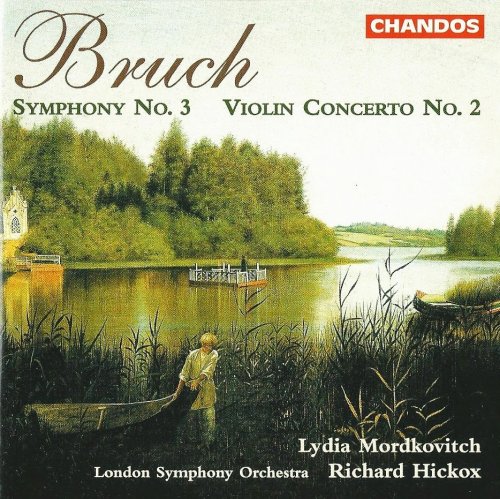
Artist: Lydia Mordkovitch, Richard Hickox
Title: Bruch: Violin Concerto No.2, Symphony No.3
Year Of Release: 1999
Label: Chandos Records
Genre: Classical
Quality: FLAC (image+.cue,log,scans)
Total Time: 64:07
Total Size: 316 mb
WebSite: Album Preview
Tracklist: Title: Bruch: Violin Concerto No.2, Symphony No.3
Year Of Release: 1999
Label: Chandos Records
Genre: Classical
Quality: FLAC (image+.cue,log,scans)
Total Time: 64:07
Total Size: 316 mb
WebSite: Album Preview
01. Symphony No.3 in E major - 1 Andante Sostenuto - Allegro molto vivace (Sym. 3) [0:11:58.55]
02. Symphony No.3 in E major - 2. Adagio: Adagio ma non troppo [0:10:15.15]
03. Symphony No.3 in E major - 3 Scherzo: Vivace [0:06:52.35]
04. Symphony No.3 in E major - 4 Finale: allegro ma non troppo [0:06:08.27]
05. Violin Concerto No.2 in D minor - 1 Adagio ma non troppo (V. Concerto 2) [0:15:01.68]
06. Violin Concerto No.2 in D minor - 2 Recitative: Alegro moderato [0:04:32.15]
07. Violin Concerto No.2 in D minor - 3 Finale: Allegro molto [0:09:43.25]
Performers:
Lydia Mordkovitch - violin
London Symphony Orchestra
Richard Hickox - conductor
I have often wondered whether Brahms was being somewhat disingenuous in claiming that the slow first movement of Bruch's Second Violin Concerto was 'intolerable for normal people'. With its radiant lyricism and powerful melodic ideas, this is surely one of Bruch's loveliest conceptions, on a par with the much better- known First Concerto. Yet performers certainly need to be aware of Bruch's specific tempo marking of Adagio non troppo if the movement isn't to drag unduly. Lydia Mordkovitch, taking over three minutes longer than the excellent rival version from Nai-Yuan Hu on Delos, just about avoids falling into this trap through the sheer intensity and wonderful range of colours in her playing, though the turgid contribution from Hickox and the LSO does little favour for Bruch's full-blooded orchestration. The orchestra sound more committed in the Third Symphony - a delightful Mendelssohnian work whose untroubled disposition marks a welcome contrast to some of the more self-indulgent symphonic works of the late nineteenth century. Hickox generates a great deal of rhythmic energy in the outer movements and the requisite warmth in the slow movement. Yet on a much less focused Philips recording, Masur and the Leipzig Gewandhaus are even more persuasive in bringing greater light and shade to Bruch's musical argument. Erik Levi
DOWNLOAD FROM ISRA.CLOUD
Lydia Mordkovitch Richard Hickox Bruch Violin Concerto 2 Symphony 3 99 0110.rar - 316.5 MB
Lydia Mordkovitch Richard Hickox Bruch Violin Concerto 2 Symphony 3 99 0110.rar - 316.5 MB
![Tomasz Stanko, Polskie Radio - Jazz Rock Company: Live at Akwarium (Polish Radio Sessions vol. 6/6) (2025) [Hi-Res] Tomasz Stanko, Polskie Radio - Jazz Rock Company: Live at Akwarium (Polish Radio Sessions vol. 6/6) (2025) [Hi-Res]](https://www.dibpic.com/uploads/posts/2025-12/1765796554_cover.jpg)
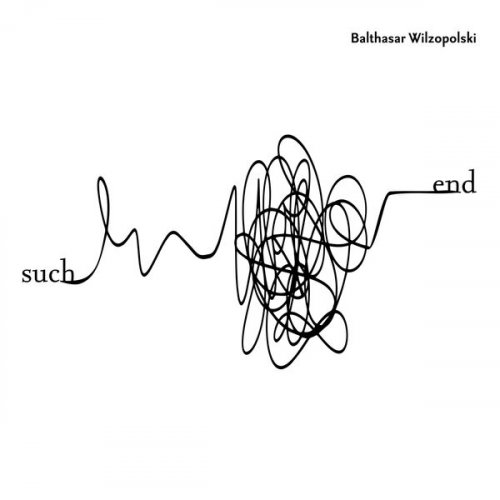
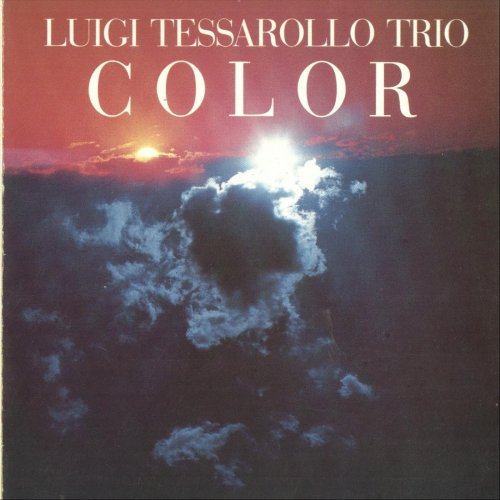
![Tomasz Stanko - Unit (Polish Radio Sessions vol. 2/6) (2025) [Hi-Res] Tomasz Stanko - Unit (Polish Radio Sessions vol. 2/6) (2025) [Hi-Res]](https://www.dibpic.com/uploads/posts/2025-12/1765796826_cover.jpg)
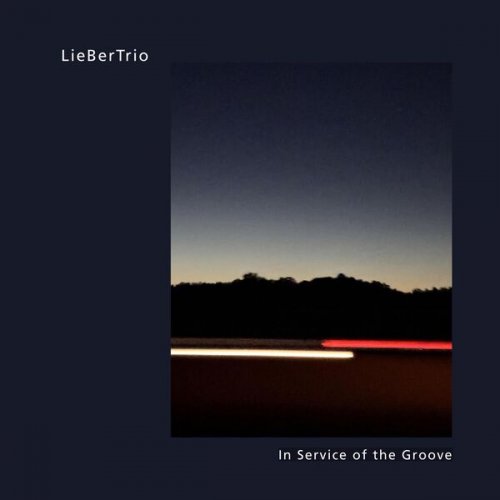
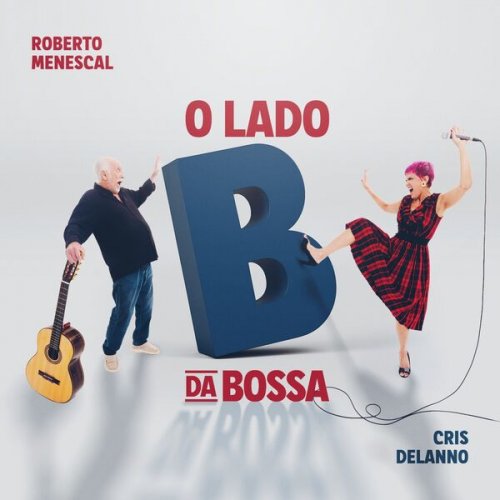

![Sibel Köse Septet - In Good Company (2025) [Hi-Res] Sibel Köse Septet - In Good Company (2025) [Hi-Res]](https://www.dibpic.com/uploads/posts/2025-12/1765846644_uizwujac4ht2d_600.jpg)
